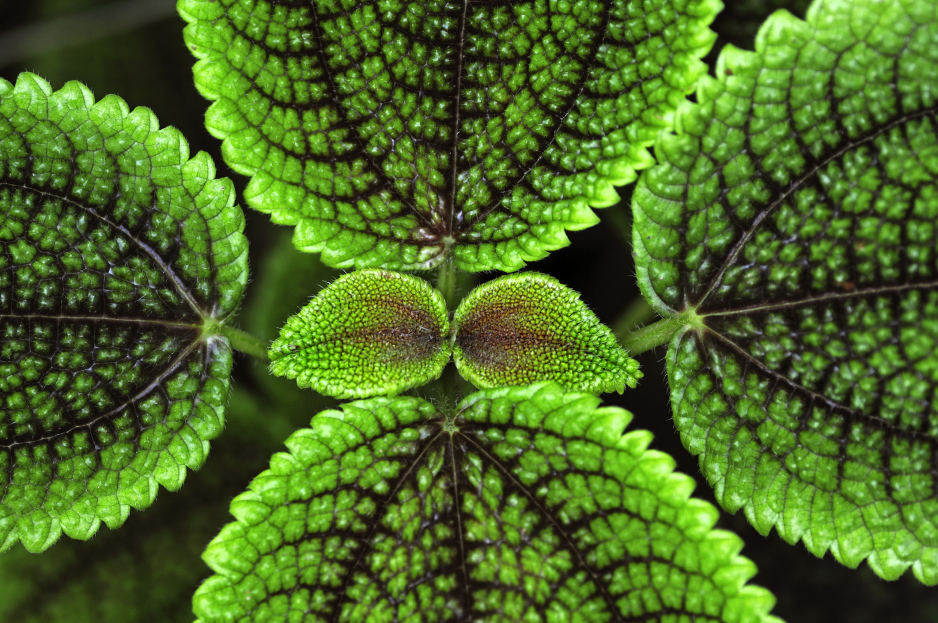
Pilea Moon Valley, scientifically known as Pilea involucrata ‘Moon Valley’, is a striking houseplant known for its deeply textured, crinkled leaves with vibrant green and bronze hues. Native to Central and South America, the Pilea Moon Valley is a fast-growing plant that thrives in warm, humid environments, making it a fantastic addition to any indoor plant collection. With the right care, Pilea Moon Valley will reward you with lush foliage and even small, delicate flowers. Here’s everything you need to know to keep your plant happy and healthy.
Pilea Moon Valley thrives in bright, indirect light. Too much direct sunlight can scorch its leaves, while too little light can cause leggy growth and loss of vibrancy. Place your Pliea near an east or north-facing window where it can receive gentle, filtered light. If natural light is insufficient, a grow light can help maintain its health.
This plant enjoys consistent moisture, but overwatering can lead to root rot. Water when the top inch of soil feels dry, ensuring the soil remains damp but not soggy. Reduce watering during the winter months when your plant’s growth slows. Always use room-temperature, filtered water to avoid shocking the roots.
Pilea Moon Valley thrives in well-draining, nutrient-rich soil. A mix of potting soil, peat moss, and perlite ensures proper aeration and drainage. Choose a pot with drainage holes to prevent excess water from sitting at the bottom, which can lead to root rot.
As a tropical plant, Pilea Moon Valley prefers warm temperatures and high humidity. Keep it in a temperature range of 65–80°F (18–27°C) and avoid exposing it to cold drafts or temperatures below 60°F (15°C). To maintain humidity, mist the plant regularly, use a pebble tray, or place it near a humidifier.
During the growing season (spring and summer), feed your Pilea Moon Valley with a balanced liquid fertilizer diluted to half strength every 4–6 weeks. Avoid fertilizing your Pilea Moon Valley in the fall and winter when the plant’s growth naturally slows down.
To keep your Pilea Moon Valley looking its best, regularly pinch back leggy stems to encourage bushier growth. Remove any yellowing or damaged leaves to promote healthy new growth. Dusting the leaves occasionally helps them absorb more light and stay vibrant.
Pilea Moon Valley is easy to propagate through stem cuttings. Simply take a healthy cutting with at least two nodes, remove the lower leaves, and place it in water or directly into moist soil. Roots should develop within a few weeks, after which you can transplant the new plant into its own pot.
Yes! Pilea Moon Valley is non-toxic to pets, making it a great choice for households with cats and dogs. However, it’s still best to keep your Pilea Moon Vallet out of reach to prevent any accidental nibbling.